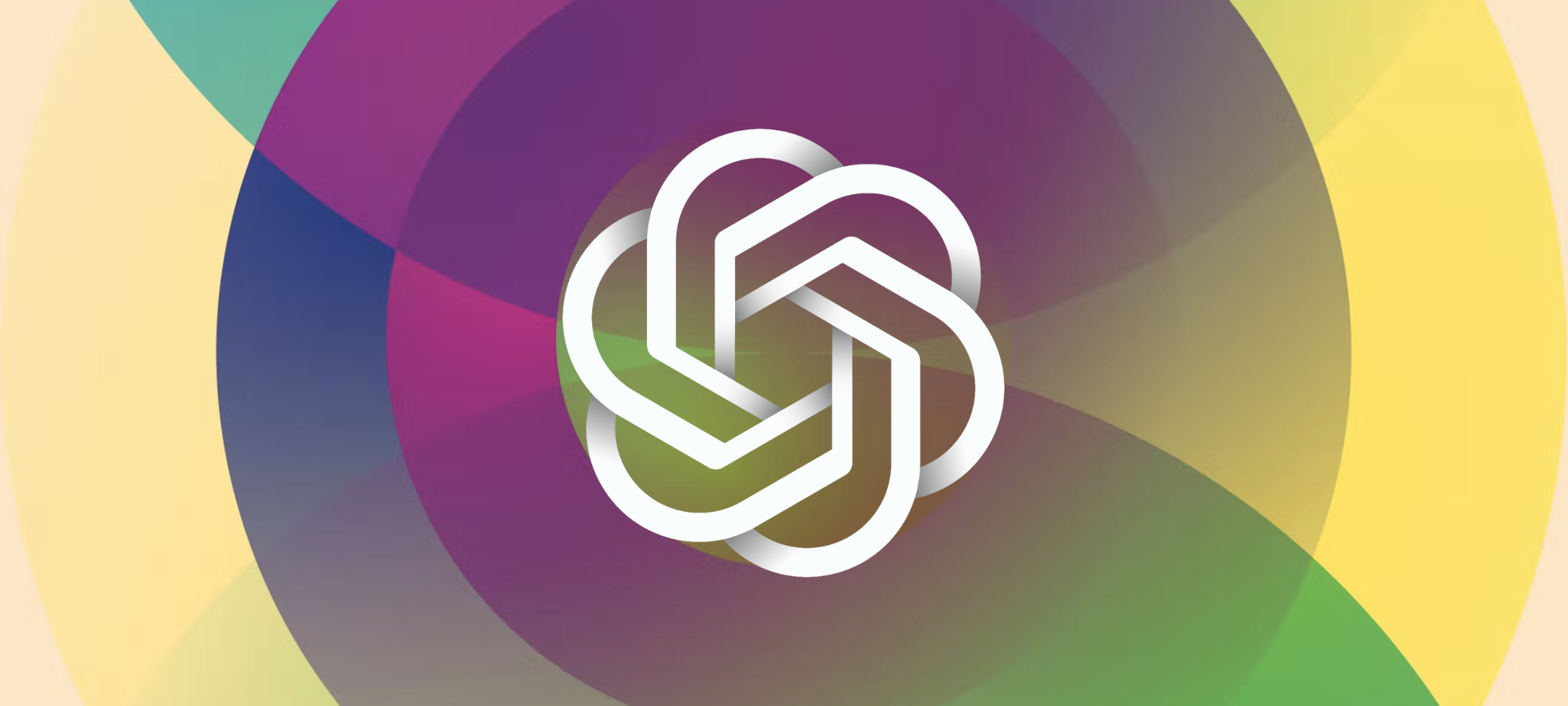Imagine a world where the impossible becomes possible, where the realms of science and science fiction intertwine to shape a future beyond our wildest dreams. OpenAI, like a brilliant constellation in the vast expanse of the digital universe, emerges as a creative force, propelling humanity towards a future where artificial intelligence transcends the limits of our imagination. The organisation is a vanguard of innovation, pushing the boundaries of what we once deemed achievable.
The Founders
OpenAI, the brainchild of Elon Musk, Sam Altman, Greg Brockman, Ilya Sutskever, Wojciech Zaremba, and a team of visionary technologists, embarked on a shared mission in December 2015. The company swiftly evolved into a world-class institution at the forefront of AI research and development by cultivating a collaborative environment where researchers, engineers, and scholars could seamlessly converge.
The Journey Ahead
The journey of OpenAI began with the recognition that AI held the power to shape humanity’s destiny, and it needed to be guided by principles of safety, reliability, and ethics. OpenAI made significant strides in machine learning, language modelling, and robotics, breathing life into algorithms capable of learning from vast datasets, comprehending complex patterns, and generating human-like text.
Throughout the years, OpenAI has been at the forefront of breakthroughs in natural language processing and generative models, from the advent of GPT-2, which startled the world with its uncanny ability to generate coherent and contextually relevant text, to the awe-inspiring GPT-3, a mammoth language model that stunned the AI community with its capacity for creativity.
The Expanding Universe
OpenAI’s influence extends far beyond the realms of academia and research labs. It has forged deep connections across many fields and markets, leaving an indelible mark on the healthcare, finance, entertainment, and customer service industries. Its applications have ranged from assisting medical professionals in diagnosing diseases to empowering content creators with automated writing assistants. OpenAI’s models have become integral to chatbots, virtual assistants, and many other AI-powered systems that enrich our daily lives.
The Microsoft Partnership
In 2019, OpenAI formed a strategic partnership with Microsoft, ushering in a new era of collaboration. This alliance infused OpenAI with substantial resources and amplified its reach and impact. With Microsoft’s cloud computing expertise and OpenAI’s AI research prowess, the duo combined forces to deliver cutting-edge solutions and democratise AI technology. This partnership has propelled OpenAI to unprecedented heights, enabling the development of increasingly sophisticated generative models and expanding the horizons of AI accessibility.
Benchmarking the Future
OpenAI’s benchmarks are etched in the annals of AI history. The release of GPT-3, a 175-billion-parameter generative model, set a new gold standard for language models, captivating the world with its ability to generate coherent and contextually relevant text. Its human-like prose left audiences spellbound, as GPT-3 demonstrated creative flair, translation prowess, and even the ability to generate computer code.
GPT-4
With the advent of ChatGPT 4, OpenAI added a new milestone in the lineup. GPT-4 is a remarkable creation from OpenAI and represents a significant leap forward in conversational AI, offering unparalleled sophistication and understanding. Powered by advanced deep learning algorithms and a vast wealth of knowledge, ChatGPT 4 is poised to redefine the way we interact with AI systems, blurring the line between human and machine conversation.
With its enhanced capabilities, ChatGPT 4 displays a remarkable grasp of context, nuance, and natural language understanding. It has been trained on a massive corpus of diverse data, encompassing a wide range of topics, ensuring a breadth of knowledge that empowers it to engage in conversations on many subjects. It has an uncanny ability to provide relevant and meaningful responses by mimicking how humans converse.
The User Interface Revolution
OpenAI has taken strides to make its AI models more accessible and user-friendly. Through user interfaces and developer APIs, OpenAI has empowered individuals and organisations to harness the power of its models with relative ease. This democratisation of AI has opened doors to a world where creativity knows no bounds, allowing writers, developers, and innovators to unlock new realms of imagination with the assistance of AI-powered tools.
Valuing the Future
OpenAI’s journey has not gone unnoticed by investors and venture capitalists. In the dynamic landscape of AI startups, OpenAI has emerged as a titan, garnering significant investments and achieving a valuation that echoes the profound impact it has made. Its ability to merge cutting-edge research with practical applications has solidified its position as a leader in the AI domain, fostering optimism for a future where AI augments human potential rather than overshadowing it.
OpenAI’s transformative odyssey has propelled AI to the forefront of human ingenuity. From its humble beginnings to its partnership with Microsoft, OpenAI has shattered boundaries, sparking creativity and revolutionising industries. As its generative models continue to evolve, OpenAI promises to unlock new dimensions of human-machine collaboration, paving the way for a future where AI amplifies our abilities, enriches our lives, and fuels our collective imagination.
